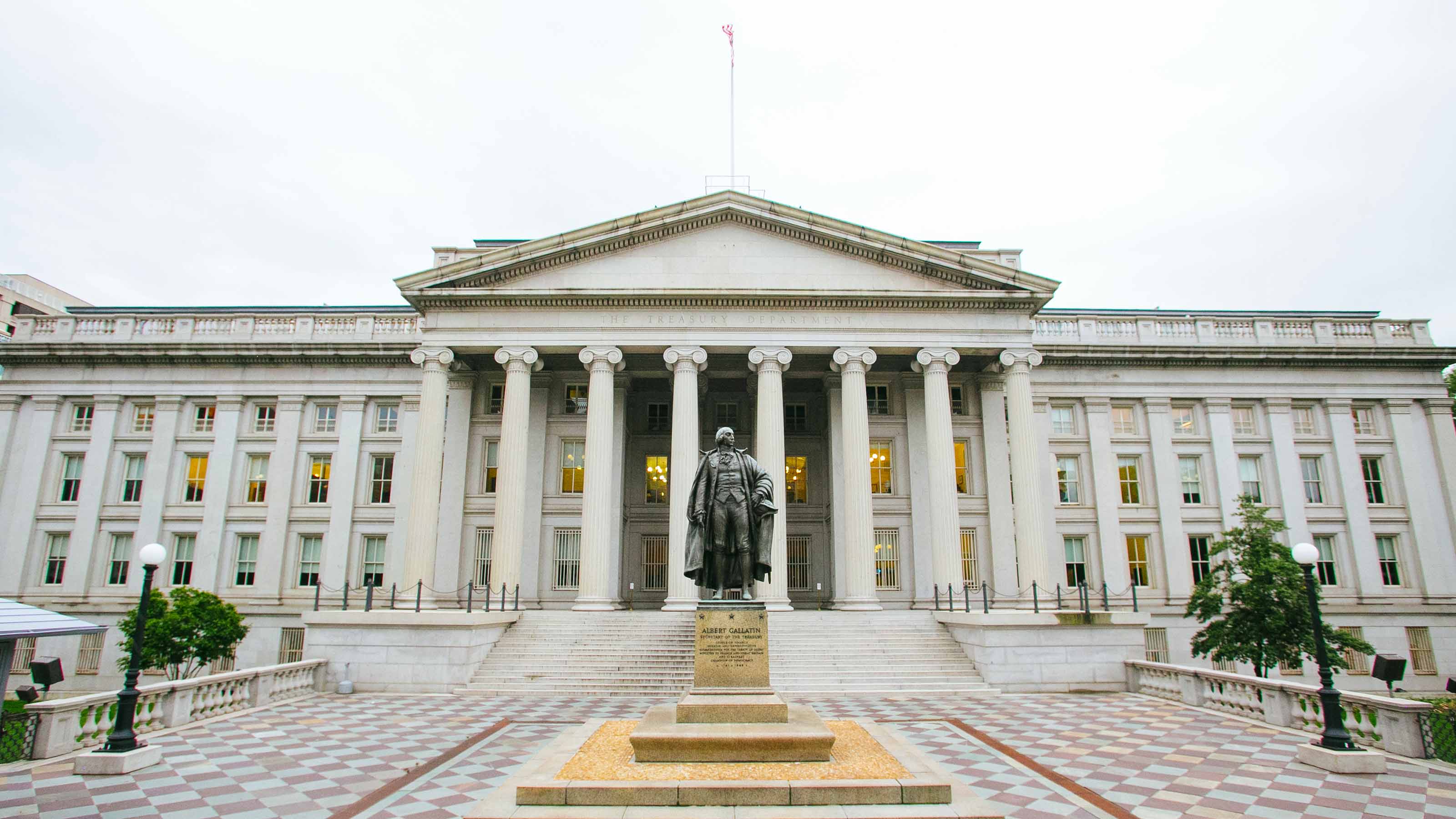Your Guide to Bond Investing in 2012
Heading into the end of 2011 and the dawn of 2012, which bond categories will do best and which ones can you ignore?

Bonds are the investment standouts of 2011, with a broad index such as Barclays' aggregate returning nearly 7% and only emerging-markets bonds suffering severe losses. Bonds will be fine again in 2012. But which varieties will fare the best? What categories do you choose for the most current income? Which categories of bonds should you ignore, or sell if you own them?
The last question is the easiest to answer. The ones to avoid are intermediate-term and long-term U.S. Treasury bonds, whose role has changed from a popular source of income to a bomb shelter for the world’s governments, banks and other financial institutions.
Yes, I’m aware of Treasuries’ huge capital gains in 2011, as much as 30% for the longest-term bonds. But that just proves my bonds-as-bomb-shelter argument, because that rally was the result of panic buying. And after this epic rally, Treasuries don’t pay you enough to be the slightest bit competitive with other kinds of bonds or income investments.
From just $107.88 $24.99 for Kiplinger Personal Finance
Become a smarter, better informed investor. Subscribe from just $107.88 $24.99, plus get up to 4 Special Issues

Sign up for Kiplinger’s Free Newsletters
Profit and prosper with the best of expert advice on investing, taxes, retirement, personal finance and more - straight to your e-mail.
Profit and prosper with the best of expert advice - straight to your e-mail.
Plus, because Treasuries have become the beneficiaries of fear, any sense that the economy is on a mild upswing (and it looks as if it is, except for unemployment) or evidence that Europe can escape a total meltdown will touch off mass selling of Treasuries that will send prices down hard sometime in 2012.
I’m not the only one who dislikes Treasuries at today’s rates. I spoke with eight bond-fund managers and strategists in the past month, and all of them feel the same. Says Tom Luster, director of investment-grade fixed income for Eaton Vance funds: “Treasuries are not as fail-safe as they used to be.” Luster says he’d rather take credit risk than interest-rate risk these days. That means he would rather take a chance that a corporation gets downgraded or defaults than hold Treasuries that lose 10% of their principal value as interest rates rise.
So What Bonds Are Worthwhile?
I’d say just about every other familiar variety. Municipals head my list of income opportunities for 2012. As I write this, many tax-free state general obligation bonds (those backed by tax revenues) yield more than a Treasury of equal maturity before you figure in the added value of the tax break.
In the past, this situation would scream that the states’ creditworthiness is in doubt. But the reality today is that Treasury interest rates are so out-of-whack that you need not worry. States, especially, are actually improving financially now that it looks like we’re not heading into another recession. You have this choice: Lend your money to the Treasury for ten years at 2% and pay income taxes on the interest, or lend it to a triple-A-rated state such as North Carolina or Virginia for 2.5% tax-free. You can also fish for other kinds of tax-free bonds, such as for school construction, and collect 3% to 4% in interest. If you’re in the 28% federal bracket, 4% tax-free is the equivalent of 5.5% taxable interest. The payoff is even more if you live in a state with high state and local income taxes.
Municipal bonds come in so many varieties that some sectors always look better than others. For state bonds, opt for general obligations. For local bonds, go with bonds backed by essential services, such as highway tolls, water and sewer bills, public schools or state colleges. These bonds are preferable to those backed by a commercial project, such as an airport expansion, nursing home or convention center, which are more likely to go bad if they’re mismanaged or the timing or location is bad. Disregard scare stories in light of the bankruptcies of Harrisburg, Pa., and Jefferson County, Ala. Those are tales of gross local mismanagement and have had no spillover effect on the massive and safe municipal bond market.
A close second: GNMA securities. Ginnie Maes are home-mortgage pools backed by the full faith and credit of the Treasury. A good GNMA fund (the best way to invest in this complicated area) yields about 3.20%, with the money coming from payments on government-guaranteed mortgages. The income is taxable, so munis will usually have a net-income edge over GNMAs.
But if you want the federal government’s backing, a GNMA investment wins the trifecta: It yields more than a Treasury, faces less risk of losing value if interest rates rise, and has the same full faith and credit as a Treasury bond. Two of my favorite funds here are the Vanguard GNMA (symbol VFIIX) and the Fidelity GNMA (FGMNX). Both pay monthly dividends and are a good substitute for an online savings account or for five-year CDs.
For High Total Return
I’ll make a surprise case for high-yield corporate bonds. “Junk” doesn’t look like a buy because the yield gap between these bonds and long-term Treasuries on average is only about six percentage points. It used to be smart to wait for a gap of close to ten percentage points before junk would be a clear bargain. The junk-Treasury spread was just four percentage points a year ago, which screamed that junk was expensive -- and it duly followed that junk has been one of the weakest of all bond categories in 2011, returning only around 2%. The yields to maturity on the higher-quality tier of these bonds (junk is anything rated below triple-B) are as low as 6%.
That doesn’t do enough to offset the amount of capital losses when junk tanks, so if you want generous after-tax income with reasonable safety, I’d suggest munis plus a collection of high dividend paying stocks or funds in such areas as oil, electric utilities and telephones. Often, their dividends are still taxed at a maximum 15%.
But there’s an argument for junk as a speculative total-return (interest plus possible price appreciation) idea for 2012. Good years in this area tend to follow bad ones. Also, junk-fund manager David Sherman, of Cohanzick Management, in Pleasantville, N.Y., has a formula that shows the most positive signal for junk since immediately after the credit crisis of 2008 and 2009. The formula looks not only at the yield spread to Treasuries, but at a bunch of other contingencies, including the risk of defaults.
Margaret Patel, an expert on high-yield bonds who is now with Wells Fargo, is also bullish on junk, for entirely different reasons. Patel says the balance sheets of junk-rated companies are stronger than usual, just as they are for blue-chip companies, so there will be some more price appreciation as junk-bond values close the gap with BBB and single-A bonds, which are the bulk of investment-grade corporate bonds.
Some high-yield bond funds are more aggressive than others. You can tell by looking at the holdings by rating. I’d suggest going for more BB-rated bonds now and fewer CCC or unrated ones. If Sherman and Patel are right, and both have good records, you’ll do fine with a junk fund that has about half of its assets in the higher-rated classes.
Two examples are TIAA-CREF High Yield Retail (TIYRX) and Vanguard High Yield Corporate (VWEHX). Both pay monthly, yield about 7% and have low expenses. Higher-risk junk funds, such as Northeast Investors (NTHEX) and Fidelity Capital & Income (FAGIX), will make more of a profit should we have a massive boom in junk, but I wouldn’t go that far. However, I’d bet with confidence that high-yield will out-return Treasuries in 2012.
Profit and prosper with the best of Kiplinger's advice on investing, taxes, retirement, personal finance and much more. Delivered daily. Enter your email in the box and click Sign Me Up.

Kosnett is the editor of Kiplinger Investing for Income and writes the "Cash in Hand" column for Kiplinger Personal Finance. He is an income-investing expert who covers bonds, real estate investment trusts, oil and gas income deals, dividend stocks and anything else that pays interest and dividends. He joined Kiplinger in 1981 after six years in newspapers, including the Baltimore Sun. He is a 1976 journalism graduate from the Medill School at Northwestern University and completed an executive program at the Carnegie-Mellon University business school in 1978.
-
 Dow, S&P 500 Rise to New Closing Highs: Stock Market Today
Dow, S&P 500 Rise to New Closing Highs: Stock Market TodayWill President Donald Trump match his Monroe Doctrine gambit with a new Marshall Plan for Venezuela?
-
 States That Tax Social Security Benefits in 2026
States That Tax Social Security Benefits in 2026Retirement Tax Not all retirees who live in states that tax Social Security benefits have to pay state income taxes. Will your benefits be taxed?
-
 QUIZ: What Type Of Retirement Spender Are You?
QUIZ: What Type Of Retirement Spender Are You?Quiz What is your retirement spending style? Find out with this quick quiz.
-
 The Most Tax-Friendly States for Investing in 2025 (Hint: There Are Two)
The Most Tax-Friendly States for Investing in 2025 (Hint: There Are Two)State Taxes Living in one of these places could lower your 2025 investment taxes — especially if you invest in real estate.
-
 The Final Countdown for Retirees with Investment Income
The Final Countdown for Retirees with Investment IncomeRetirement Tax Don’t assume Social Security withholding is enough. Some retirement income may require a quarterly estimated tax payment by the September 15 deadline.
-
 Why Investors Needn't Worry About U.S. Credit Downgrade
Why Investors Needn't Worry About U.S. Credit DowngradeFitch Ratings The United States saw its credit rating downgraded for just the second time in history, but experts aren't worried about the long-term damage to stocks.
-
 Income-Investing Picks for a Recession
Income-Investing Picks for a RecessionInvesting for Income Some consequences of an economic downturn work to the benefit of fixed-income investors. Here are three fund ideas that fit the bill.
-
 Dogs of the Dow Are 2022's Best in Show
Dogs of the Dow Are 2022's Best in Showdividend stocks Some of the best investments for income investors in a volatile 2022 have come from the Dogs of the Dow.
-
 Bond Values in a Volatile Market
Bond Values in a Volatile MarketInvesting for Income While the market's instability may not be over just yet, the latter half of the year should be less daunting – and possibly more rewarding – for investors.
-
 Should You Buy Bonds Now? What To Consider
Should You Buy Bonds Now? What To Considerbonds The fixed-income market has been turned on its head in recent years, but there are still opportunities for those looking to buy bonds again.
-
 Dividend Dates: A Beginner's Guide
Dividend Dates: A Beginner's Guidedividend stocks Everything you need to know about ex-dividend dates, dividend announcements and other parts of the dividend calendar.